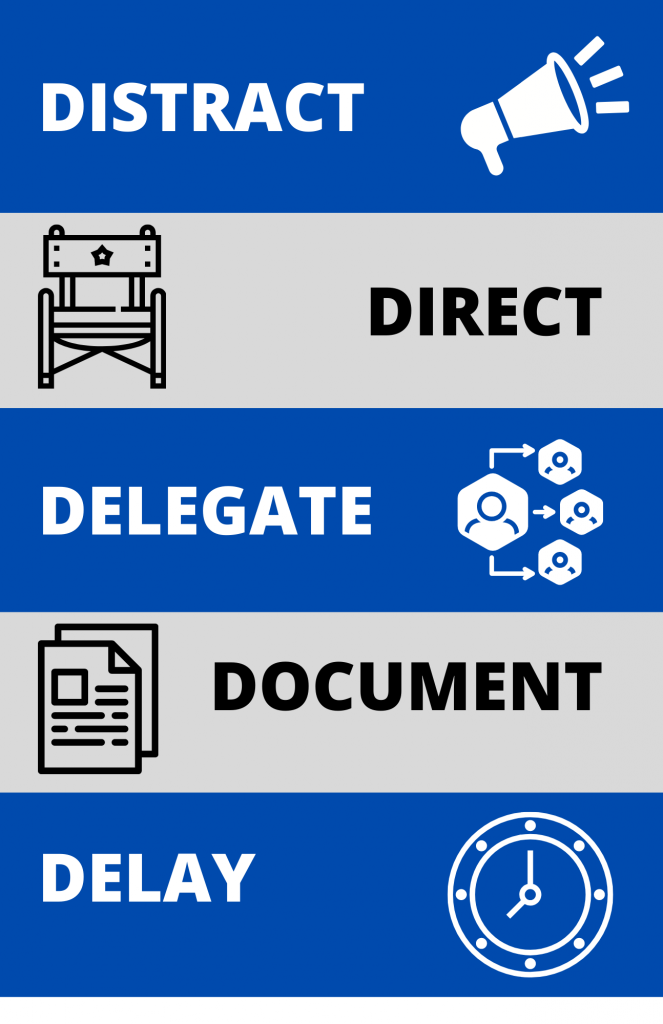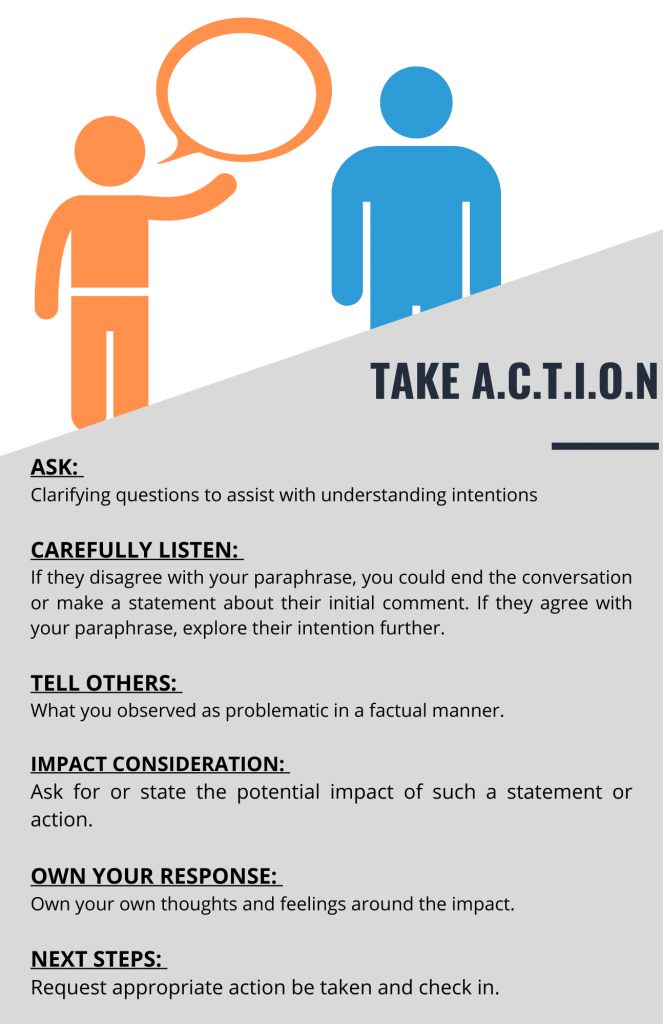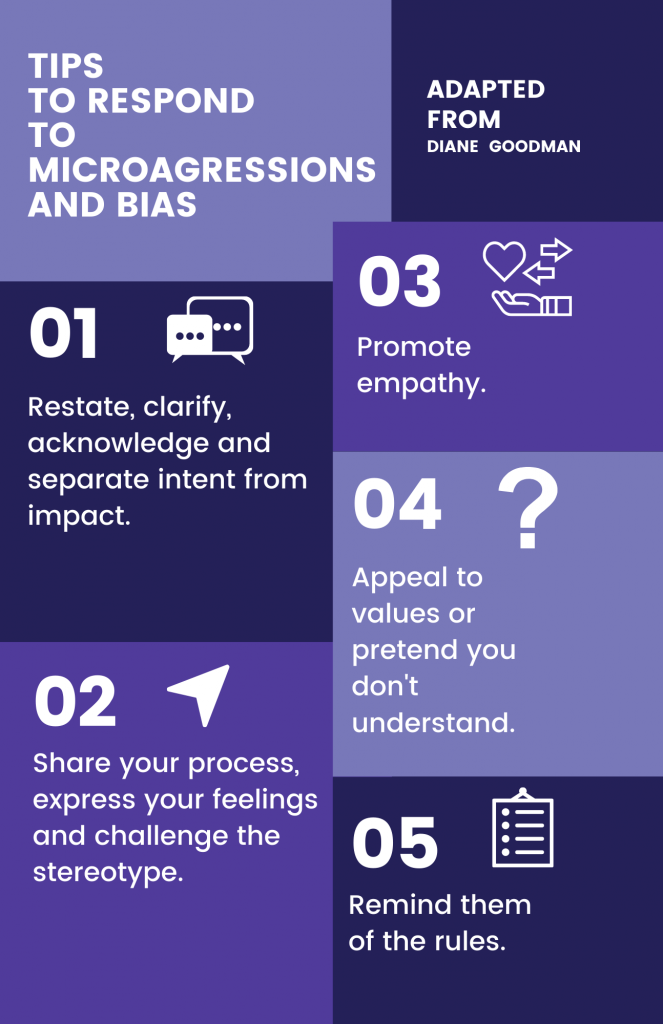Specialty Respect

What is Specialty Disrespect?
“One element of the hidden curriculum, encompassing unwarranted, negative, and denigrating comments made by trainees and physicians about different specialties.” (Alston, 2019)
In the fall of 2020, we surveyed Georgetown medical school students about their knowledge of specialty disrespect and how it has personally affected them. 71 students responded.
Specialty Disrespect is a Microaggression
Microaggressions are brief and commonplace daily verbal, behavioral, or environmental indignities, whether intentional or unintentional, that communicate hostile, derogatory, or negative slights and insults (Sue et al., 2007)
How to Respond to Microaggressions

Bystander intervention methods:
- Distract
- Direct
- Delegate
- Document
- Delay

Take A.C.T.I.O.N
- Ask: Clarifying questions to assist with understanding intentions.
- Carefully Listen: If they disagree with your paraphrase, you could end the conversation or make a statement about their initial comment. If they agree with your paraphrase, explore their intention further.
- Tell Others: Explain what you observed as problematic in a factual manner.
- Impact Consideration: Ask for or state the potential impact of such a statement or action.
- Own Your Response: Own your own thoughts and feelings around the impact.
- Next Steps: Request appropriate action be taken and check in.

Tips to Response to Microaggressions and Bias
Adapted from Diane Goodman
- Restate, clarify, acknowledge, and separate intent from impact
- Share your process, express your feelings, and challenge the stereotype.
- Promote empathy
- Appeal to values or pretend you don’t understand
- Remind them of the rules
Learn About the Most Disrespected Specialties









Specialty Disrespect Should Not Be Minimized

Specialty disrespect should not be minimized. Your words have real time consequences. Join us in signing the Specialty Respect Pledge, which recognizes your duty to create and sustain a culture of respect for all specialties.
Additional Resources
- AAMC Specialty Profiles
- SD Information Sheet
- Journal article: The Persistence of Specialty Disrespect
- Article: Disrespect within medicine for family doctors affects medical students and patients
- Calling a consult: Disrespect from specialists hurts patients
- When surgery becomes ‘women’s work’: the devaluation of gynecologic specialties
- Disrespect within medicine for family doctors affects medical students and patients
- Youtube Video: Doctor Stereotypes by Specialty
- Indiana University Specialty Fact Sheets
- UCLA: Myths about ER Doctors
- Stanford: Radiology-Common Myths
- Stop, Talk, and Roll
Webpage design by Samuel Chan, Betelhem Eshetu Yimer, Veda N, and Maya Shah





